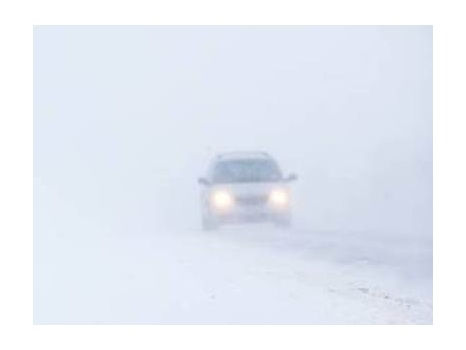Latest Tracking Survey From Mindshare Bodes Well For Radio, Outdoor Advertising.
- Inside Audio Marketing

- Jun 23, 2021
- 3 min read

More evidence of how COVID-19 changed how Americans consume media comes from media agency network Mindshare. Its latest research shows not only did Americans ingest more content during the COVID outbreak but their media appetites remain heightened as the nation emerges from the global pandemic.
Wave 20 of Mindshare’s "Coronavirus: U.S. Insights" tracking study shows Americans are spending more time with a plethora of media, including radio. On March 11, 2020, the day world health officials declared the coronavirus a global pandemic, 15% of respondents said they were spending more time listening to the radio. By June 5, 2020, when many communities were under lockdown orders, that had doubled to 29%. Now a year later, the percentage remains elevated with 22% saying they’re spending more time with radio, seven percentage points higher than just before the pandemic.
Similarly, in May 2021, 22% said they were listening more to podcasts, an increase of nine percentage points from March 2020 and down just four percentage points from June 2020.
Elevated consumption patterns were the case for a long list of media choices, led by going online (44% said they were doing that more in May 2021 than before the outbreak). It’s followed by watching movies at home (44% doing that more in May 2021), shopping online (42%) and streaming TV (41%). All of these percentages are at least double what they were pre-pandemic.
The latest wave of the tracking study also finds Americans are ready to cut loose and get outdoors to engage in a variety of pursuits. Nearly half (47%) say they expect to have freedom to go outside this summer, 45% plan to socialize with others in person, and 41% plan to go about daily life pre-COVID. Travel (40%), shopping in a store (39%), going to the movie theater (34%), attending live events (33%) and watching sports in person (31%) are all on Americans’ list of things to do this summer.
With 34% of Americans planning to spend more time outside, and 21% intending to spend less time online, the findings “bode well for media consumed out-of-home, especially outdoor, place-based media and radio,” says MediaPost in its coverage of the latest survey results. “Conversely, the study suggests a potential cliff effect for many media that boomed during the lockdown periods of the pandemic, especially online, and both streaming and linear TV, including so-called ‘binge-watching.’”
With summer here and more Americans out and about than in nearly two years, Erica Farber, President and CEO of the Radio Advertising Bureau, sees several reasons for radio broadcasters to be optimistic. “Advertisers are absolutely recognizing the importance of audio within their media mix and are understanding that radio is the backbone/centerpiece of the audio universe. There are lots of reasons for this including it’s an immersive experience for listeners, screen fatigue is driving increased listening and people are finally out of their COVID cocoons,” she tells Fred Jacobs in the Tuesday edition of Jacobs Media Strategies daily blog. “People are being reintroduced to radio and listening levels are almost at where they were prior to COVID. Advertisers are hearing the news and with Americans acquainted again with audio/radio, it is positive news for radio all around.”
Earlier this month, GroupM significantly boosted its outlook for audio revenue. The ad giant said it expects audio-based media ad revenue to grow 25% this year. That is an improvement over a 7.6% increase it forecast in March. GroupM credits easy comparisons to last year’s 27% decline and continued gains in podcast ad revenue.




Comments